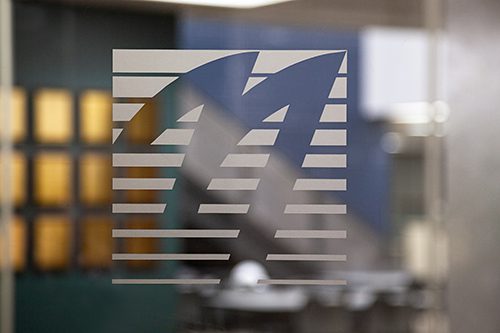At GBA, we love helping clients set up Energy Management Systems. A comprehensive tool is the DOE 50001 Ready Navigator (https://navigator.lbl.gov/). It breaks the ISO 50001 Energy Management standard down into 25 tasks.
At a minimum, energy management can be about keeping a list of projects to implement. Every facility owner should develop and maintain a ranked list of promising projects, which should be defined with the following information:
- A detailed technical definition.
- Energy, cost, and global warming potential (GWP) savings.
- Project costs (minus incentives and grants).
- Labor costs.
- Non-energy benefits (for instance, improvements in occupant comfort or O&M reliability).
- Barriers to implementation.
- Next action items (assigned to specific individuals).
Don’t forget to list projects that must happen regardless of the energy management program. Define the incremental cost associated with energy efficient choices.
Why Have a Good List?
Human beings tend to gravitate toward what’s familiar. Without a good list and robust project definition, the most effective projects can be delayed, and even superseded, by less effective projects that seem more attractive.
Solar photovoltaic (PV), for example, is a much publicized “green” technology that is usually high on our clients’ wish lists. But even after incentives and grants, many solar PV projects can have a payback as long as 10 to 15 years. When deciding whether to include a project on a client’s list, I sometimes define a solar PV project and use its payback as the upper threshold. This exercise can make overlooked projects attractive again. For example, after LED fixtures have been installed, lighting controls opportunities may go unnoticed, but these projects can have a shorter payback than solar panels.
Increasingly, clients are considering the impact of their facilities on global climate change. When evaluating decarbonization measures, solar PV can again serve as a useful benchmark. In Southeastern Wisconsin, a rough estimate is that a typical commercial-scale solar PV project costs $4,700 per metric ton CO2E saved per year, taken as the expected average carbon savings over the life of the equipment. Note that this figure assumes that local utilities will meet their aggressive decarbonization goals. As this happens, the carbon savings for solar PV will decrease. By comparison, if we use the current, existing carbon savings for solar PV in the area, the cost of such a project is about $2,300 per metric ton CO2E saved/year.
Again, finding and comparing these metrics with other business factors, like upcoming facility needs, is such a worthwhile exercise. When carbon savings are assigned a value, it boosts the attractiveness of natural gas energy efficiency projects, such as converting to high efficiency hot water boilers, and even some fuel-switching projects.
An experienced consulting engineering firm can help you assess your facilities and develop a practical, prioritized project list that respects your organization’s budget and goals. GBA stands ready to assist; contact one of our experts today.
Author: Alex Dodd, QCxP, Associate, GBA Wisconsin



